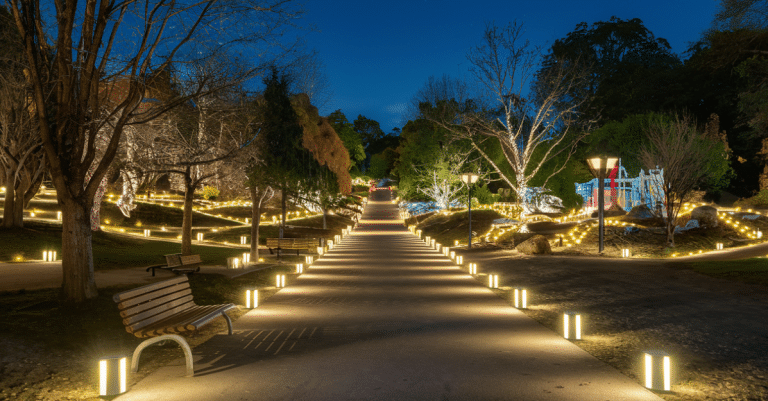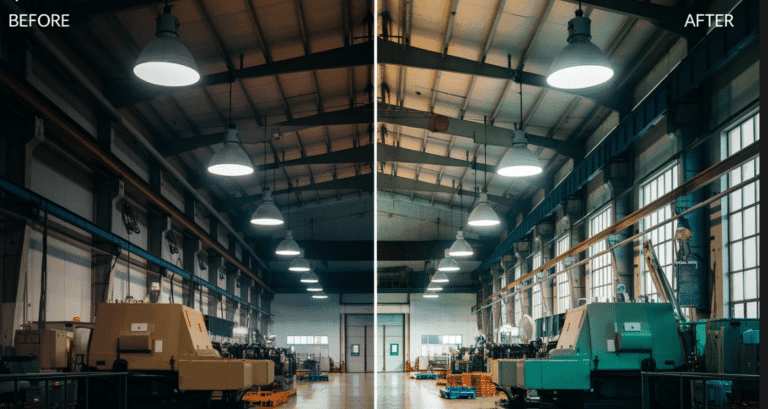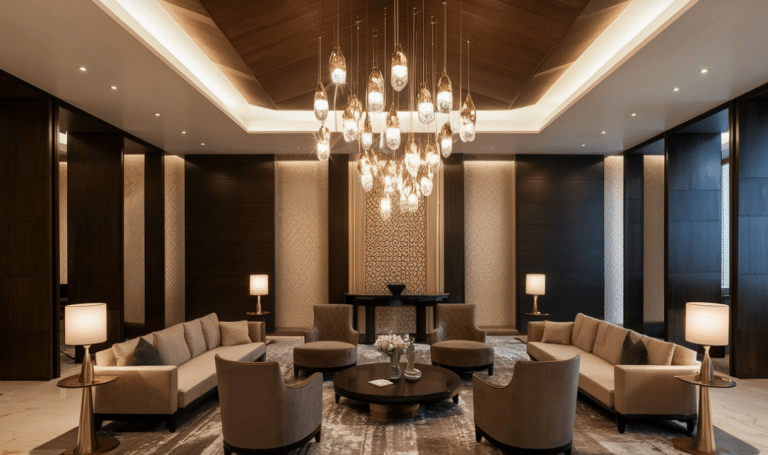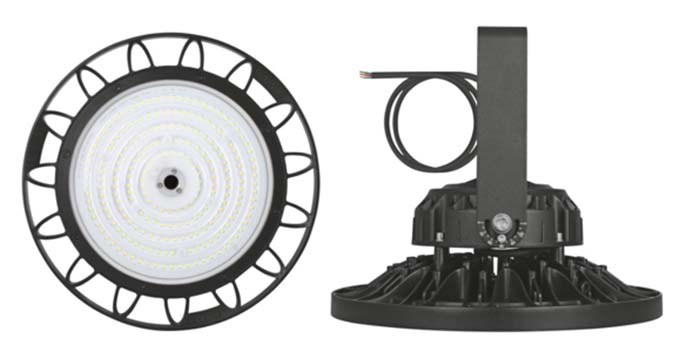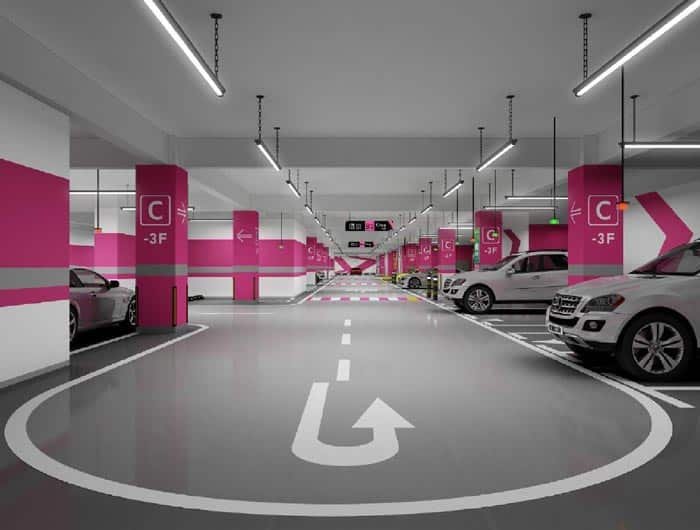Correctly following some LED lighting technology and lamp selection criteria, architectural facade lighting can make buildings and structures beautiful and rich in three-dimensional diversity.

What is building facade lighting?
Building facade lighting is the lighting that uses outdoor lights to present the night scene of the building, which is a part of night scene lighting. The purpose is to use the lighting to highlight the architectural features and combine it with the surrounding environment or outdoor landscape lighting to create a harmonious, beautiful and distinctive night scene, thus showing the night image of the building/house.
Importance of Facade lighting
Enhanced Aesthetics: Properly designed facade lighting can accentuate architectural details, textures, and shapes, transforming a building into a captivating nighttime spectacle. Making urban more inviting and safer.
Brand and Identity: Facade lighting can serve as a powerful brand tool for business, creating a distinct visual identity that lingers in the minds of visitors and passagers. Encourage people to go out and spend during night time, promote economic development.
Cultural Expression: Lighting can be used to show the city cultrue and history.
What are the different types of facade lighting?
There are four commonly used led facade lighting:
Narrow beam spotlight
Because of the narrow beam angle and long irradiation distance, narrow beam spotlights can illuminate a high wall with a few lights, making the light look like a line, and can be applied to scenes such as bridge cables and iron towers. Narrow-beam floodlights have a higher utilization rate of light efficiency in lighting, and the lighting effect achieved is relatively better, especially for some linear objects and columnar objects. The lighting advantages are more obvious.
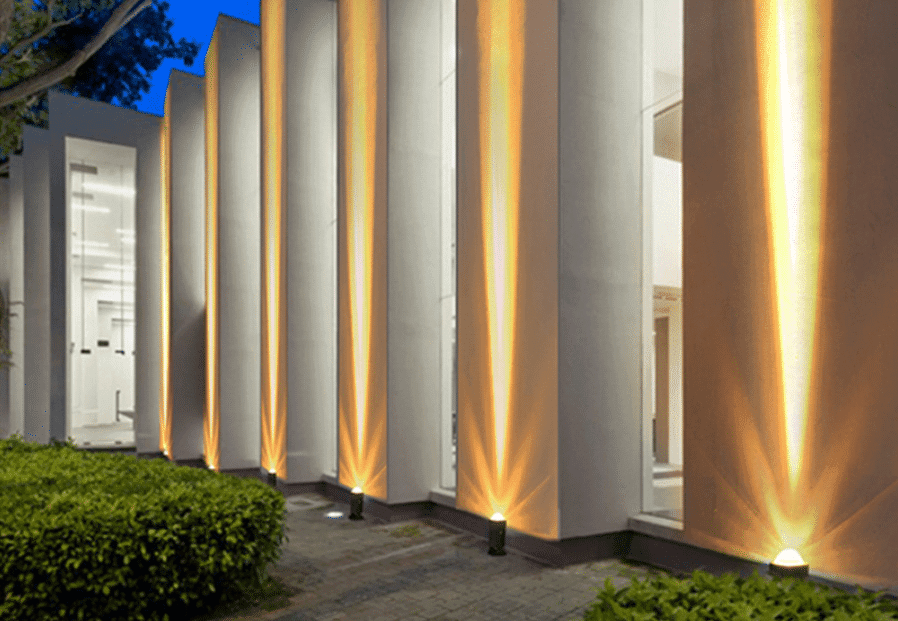
Outdoor Wall lights
Outdoor wall lights are usually installed in the center of the architecture. There are two kinds of facade wall lights: single head wall lights that shine light in one direction and up-down wall lights are lights that come with a lamp at the top and at the bottom. Both are used for different applications. For a rather low farm house a down-lighter would probably do the trick, but to illuminate the facade of a high building like a hotel, it would be better to use an up and down wall lighter.
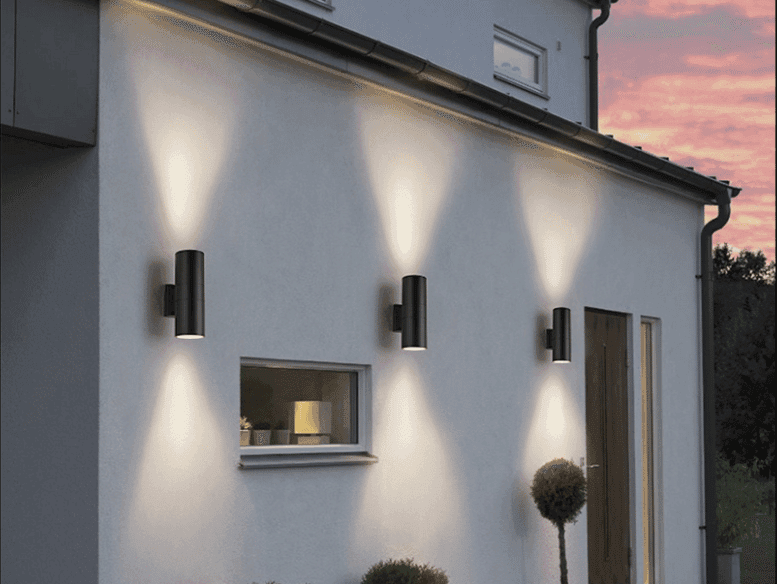
Linear Wall Washer Lights
LED wall washer, as the name suggests, allows the light to wash the wall like water. The LED linear wall washer lights illuminates a distance of 10-1 meters and is used to outline the outline of large buildings. It is very suitable for government lighting projects, commercial places, subways, Panoramic floodlighting of interior and exterior walls such as elevated overpasses, building exterior walls, and architectural landmarks. Landscape buildings, outdoor plazas. Coloring of landscape objects, walls and exhibits. Can adapt to various indoor and outdoor temperature and humidity environments. The colors are red, yellow, white, green, blue, colorful and other effects.
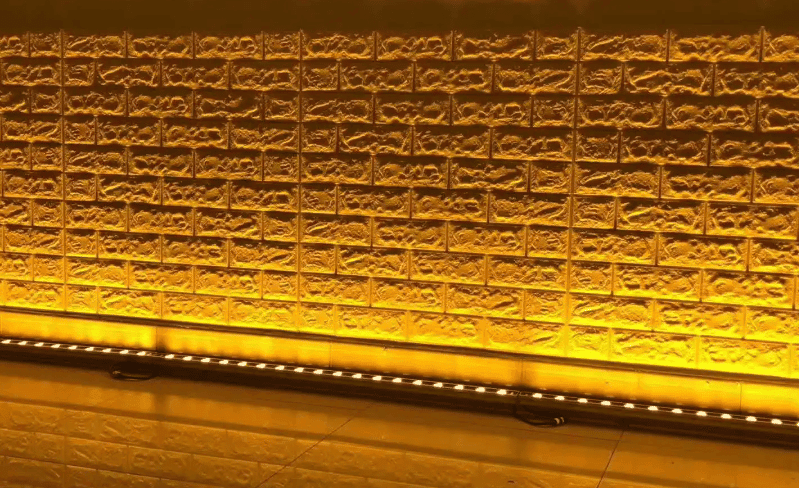
Inground light
Inground lights, also called underground lights, or floor lights. It is generally used at the foot of the facade and installed on the ground to let the light shine upwards. Works well with linear lights.
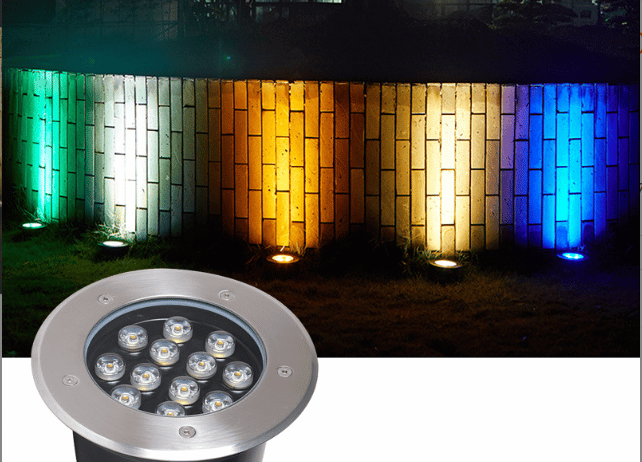
If you want to know more outdoor facade lights in details, please visit our blog 5 Commonly Used Outdoor Wall Facade Lighting
Led facade lighting installation
The installation of facade lights is diverse. If you need the detailed installation for specified lights(Whether it is floodlights, wall lights or spotlights…), please contact us, professional PDF file will send to you.
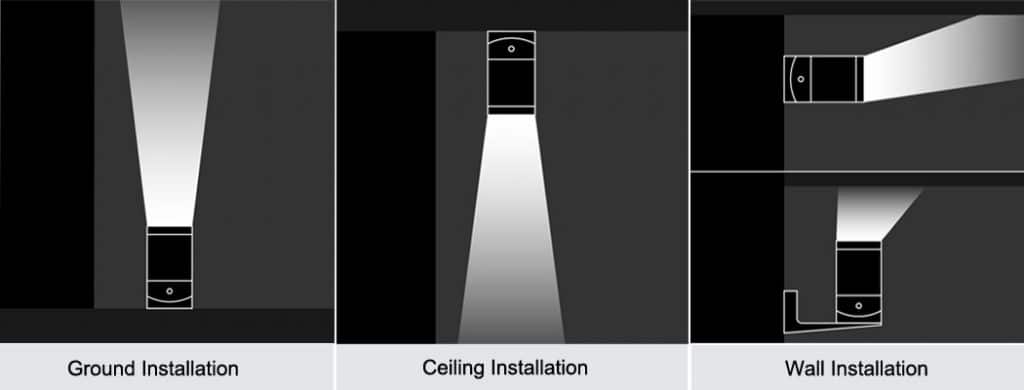
What should be paid attention to in exterior building facade lighting design ?
1. The architectural lighting design should meet the requirements of the special planning for urban night lighting and be synchronized with the engineering design.
2. The values of illuminance, brightness and lighting power density should meet the relevant national standards. Choose energy-saving light sources and lamps to avoid blindly pursuing effects and using too many light sources and lamps, resulting in energy waste.
3. Reasonable selection of lighting sources, lamps and lighting methods; use the color rendering index of different light sources, light distribution curves of lamps and changeable lighting control methods to achieve good artistic visual effects.
4. Reasonably determine the installation position, lighting angle and sunshade measures of the lamps and lanterns to avoid light pollution and glare.
5. Choose colored lights carefully. Different building facades and surrounding objects have different requirements for lighting colors.
6. Lighting facilities should take corresponding preventive measures according to environmental conditions and installation methods to avoid unnecessary casualties.

Hello, customers
My name is Ricky Wang, I’m the business manager of GRNLED. I have been in LED lights industry for more than 10 year. Feel free to contact us. I’m happy to provide you the best service and products.
Email: info@grnled.com | WeChat: ledfixture

